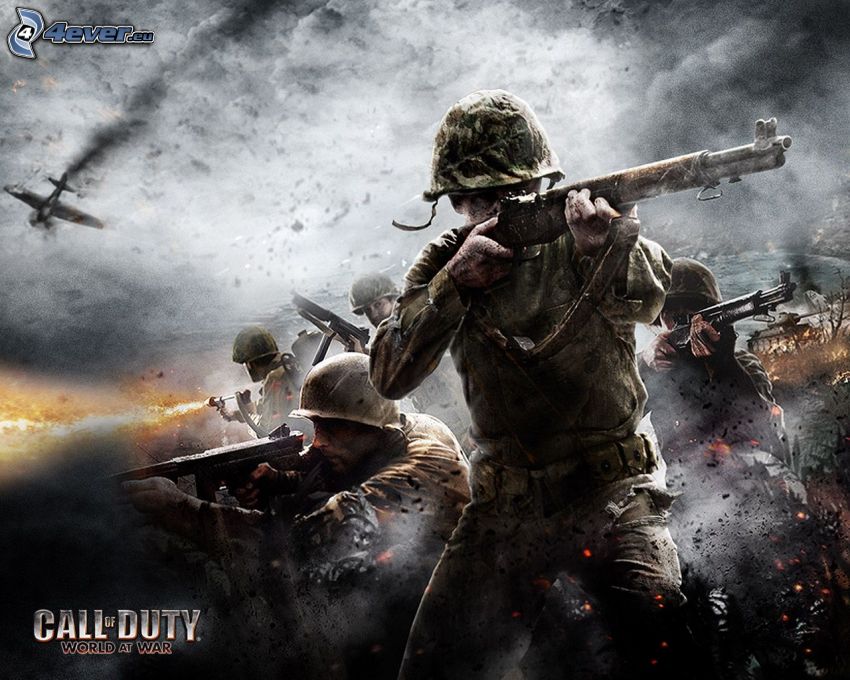

Unlike recent entries, Call of Duty plants itself firmly in reality.

Whatever type of setting preferred, it’s hard to argue against bringing the series back to its roots and developer Sledgehammer Games has had their work cut out for them in developing quite possibly the most robust entry of the series to date. Thankfully Activision had predicted this occurring (although perhaps a year too late) and already had Call of Duty: WWII in development. Following the lauded Battlefield 1 announcement and unfairly poor reception to Call of Duty venturing into the distant future with Infinite Warfare, it was clear that it was time to return to the series’ roots. This convinced Activision to abandon the Second World War altogether and the next five games that followed (with the exception of the original Black Ops) were set in the near future or present day. Modern Warfare was a massive hit that made Call of Duty a worldwide name, so while World at War was a success in its own right, at the time of its release there was a decided apathy about heading back to WWII and the game ultimately sold seven million copies less than its successor, Modern Warfare 2. After a spectacular four year run, gamers were tiring of the WWII setting of the series and embraced the announcement of C all of Duty 4: Modern Warfare with open arms.

Call of Duty is proof that there can be too much of a good thing.


 0 kommentar(er)
0 kommentar(er)
